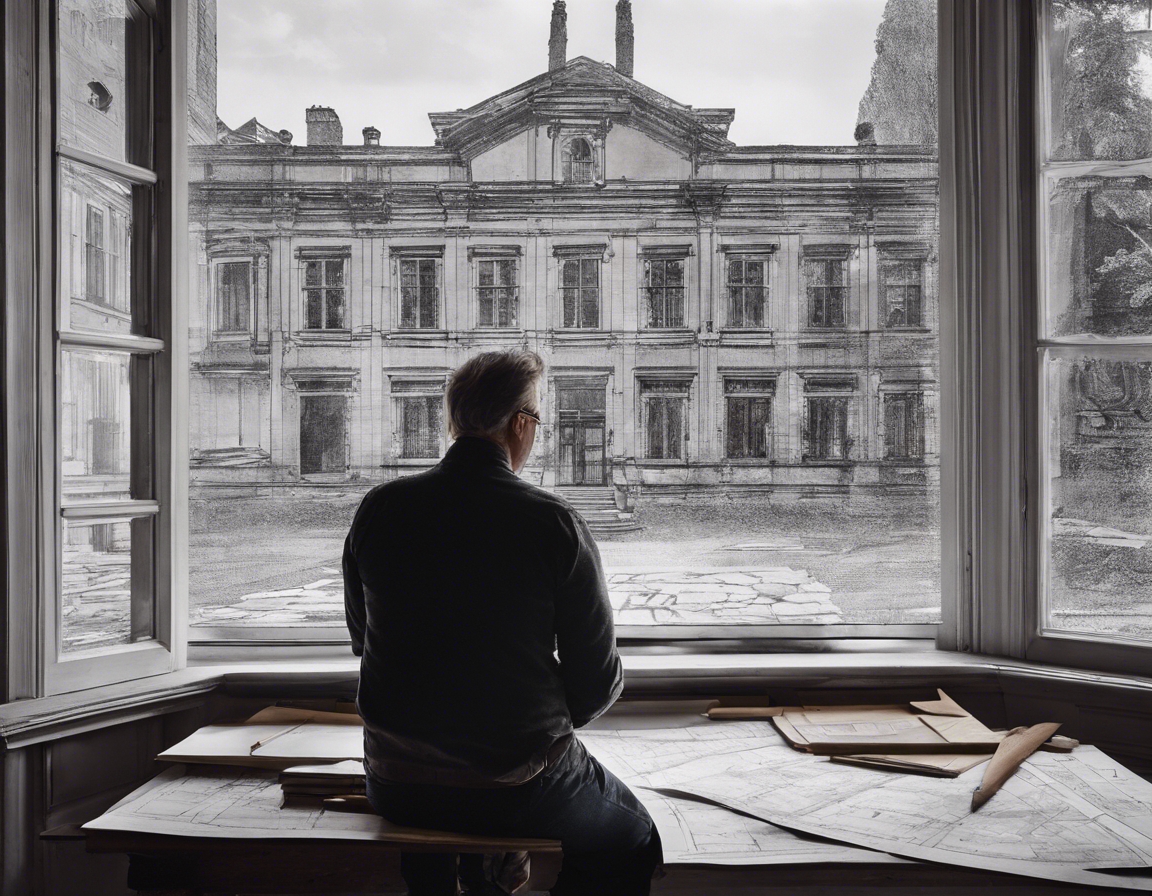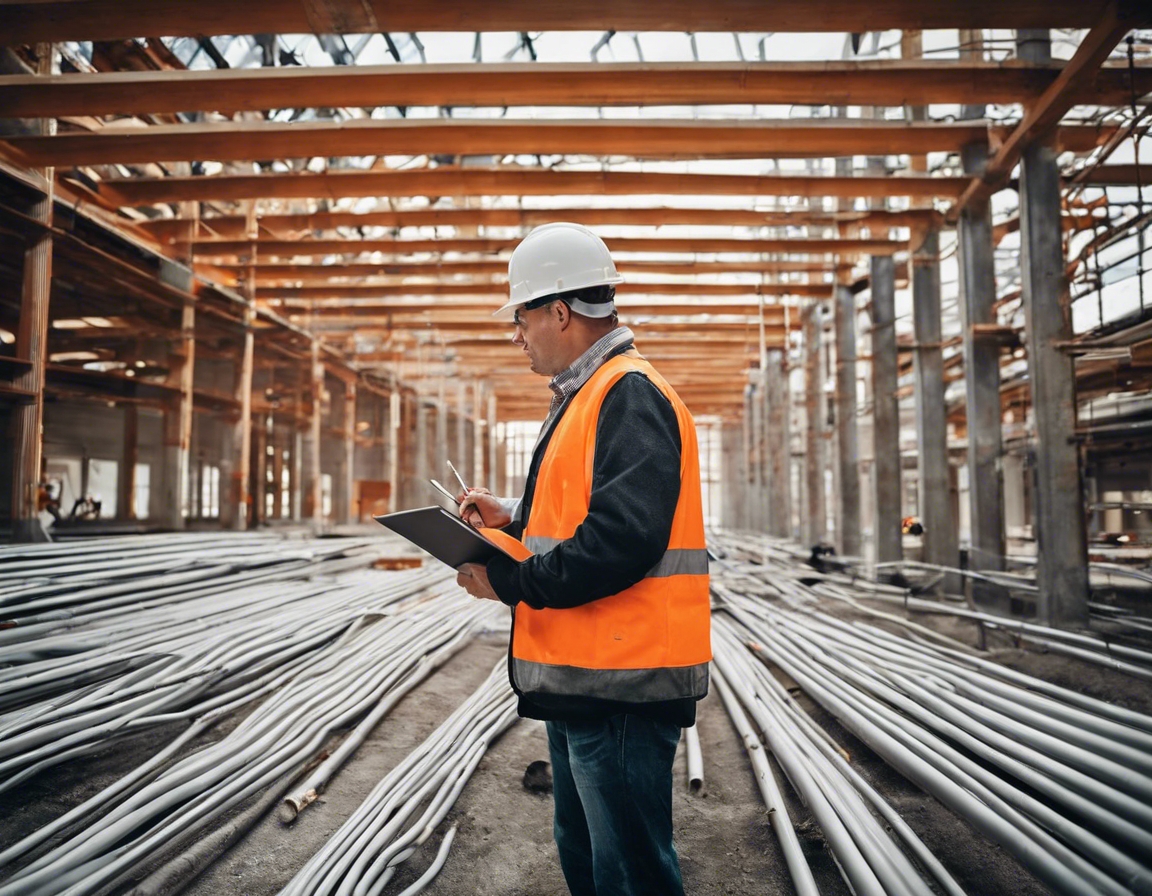Modern techniques in heritage conservation
Heritage conservation is a critical field that involves the protection and restoration of buildings, artifacts, and other cultural assets that have historical significance. The goal is to preserve these treasures for future generations while maintaining their authenticity and integrity.
Preserving cultural heritage is essential for maintaining a connection to our past, fostering community identity, and promoting cultural diversity. It also contributes to economic development through tourism and job creation in conservation-related fields.
Conservation professionals face numerous challenges, including environmental factors, urban development pressures, and the need for specialized skills and resources.
Advancements in Conservation Technology
Modern technology has revolutionized heritage conservation. Digital documentation and 3D scanning allow for the precise recording of a structure's condition, enabling accurate restorations and the ability to share heritage sites virtually with a global audience.
Advanced material analysis techniques, such as nanotechnology, provide insights into the composition and degradation of historical materials, leading to more effective conservation strategies.
SHM systems use sensors to monitor the health of a structure in real-time, predicting and preventing damage before it occurs.
Innovative Conservation Materials and Methods
Conservationists are turning to biological and eco-friendly solutions, such as the use of bacteria to clean stone surfaces or plant-based polymers for consolidation.
Smart glass and window films offer protection from UV light and temperature fluctuations without compromising the aesthetic of historic buildings.
Reversible consolidation allows for the strengthening of materials while ensuring that the interventions can be undone without damaging the original substance.
Integrating Modern Design in Historic Contexts
Adaptive reuse and retrofitting breathe new life into old buildings, making them suitable for modern use while preserving their historic character.
Seismic upgrades are essential for protecting heritage buildings in earthquake-prone areas, using techniques that minimize visual impact and preserve historical value.
Contemporary additions to historic structures require a sensitive approach that respects the original architecture while providing modern functionality.
Collaborative Efforts in Conservation
Public-private partnerships are crucial for pooling resources and expertise to tackle large-scale conservation projects.
Engaging the community and educating the public about the importance of heritage conservation ensures ongoing support and preservation efforts.
Adhering to international standards and guidelines helps maintain a high level of quality in conservation practices worldwide.






Kommentaarid (0)